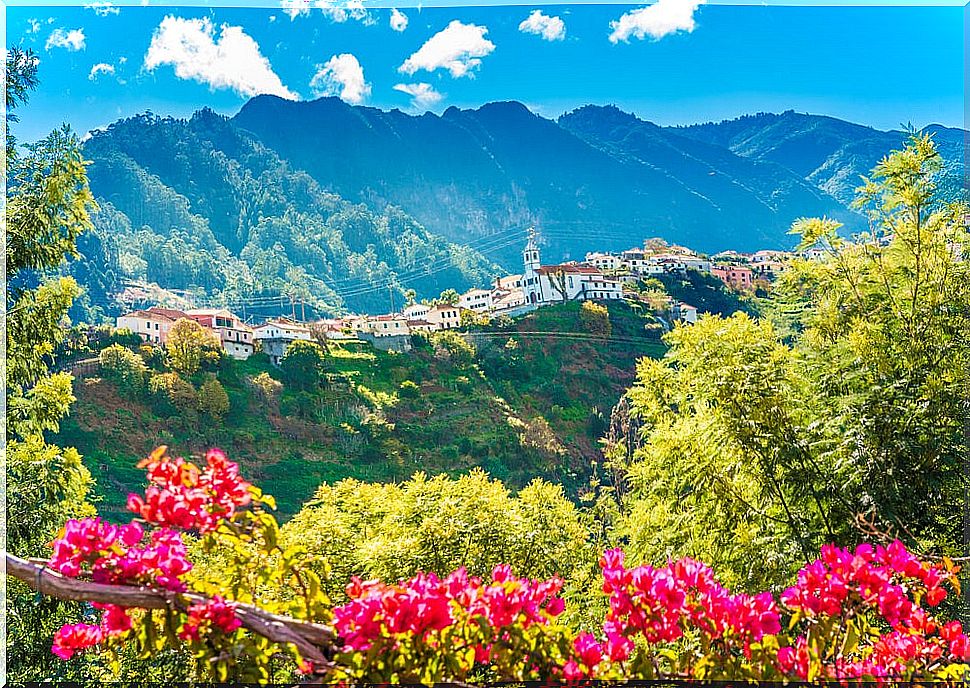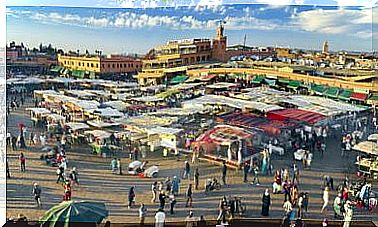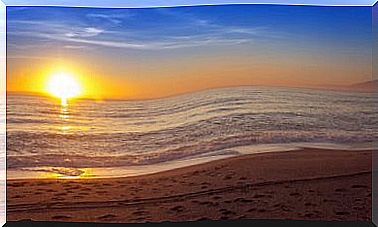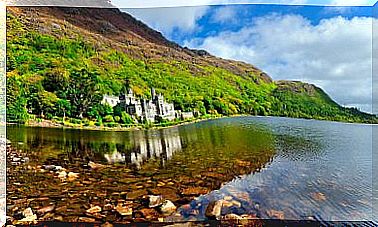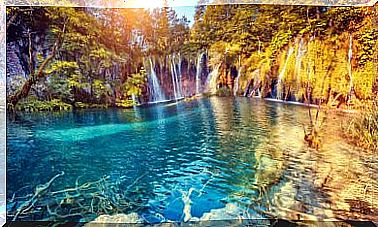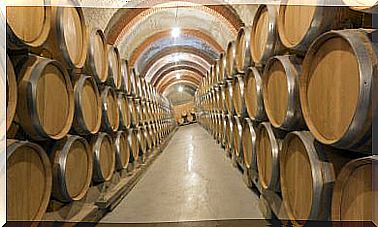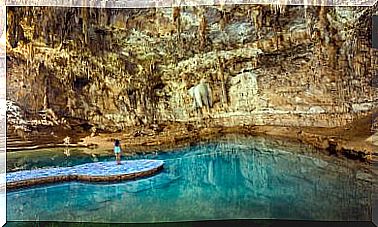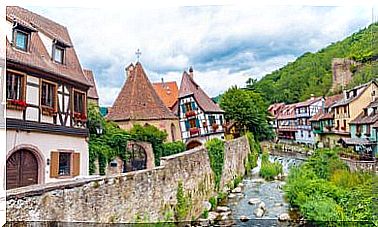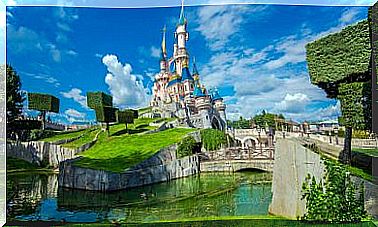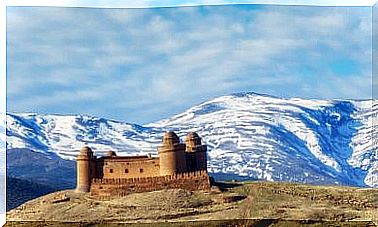The Natural Paradise In The Azores Islands
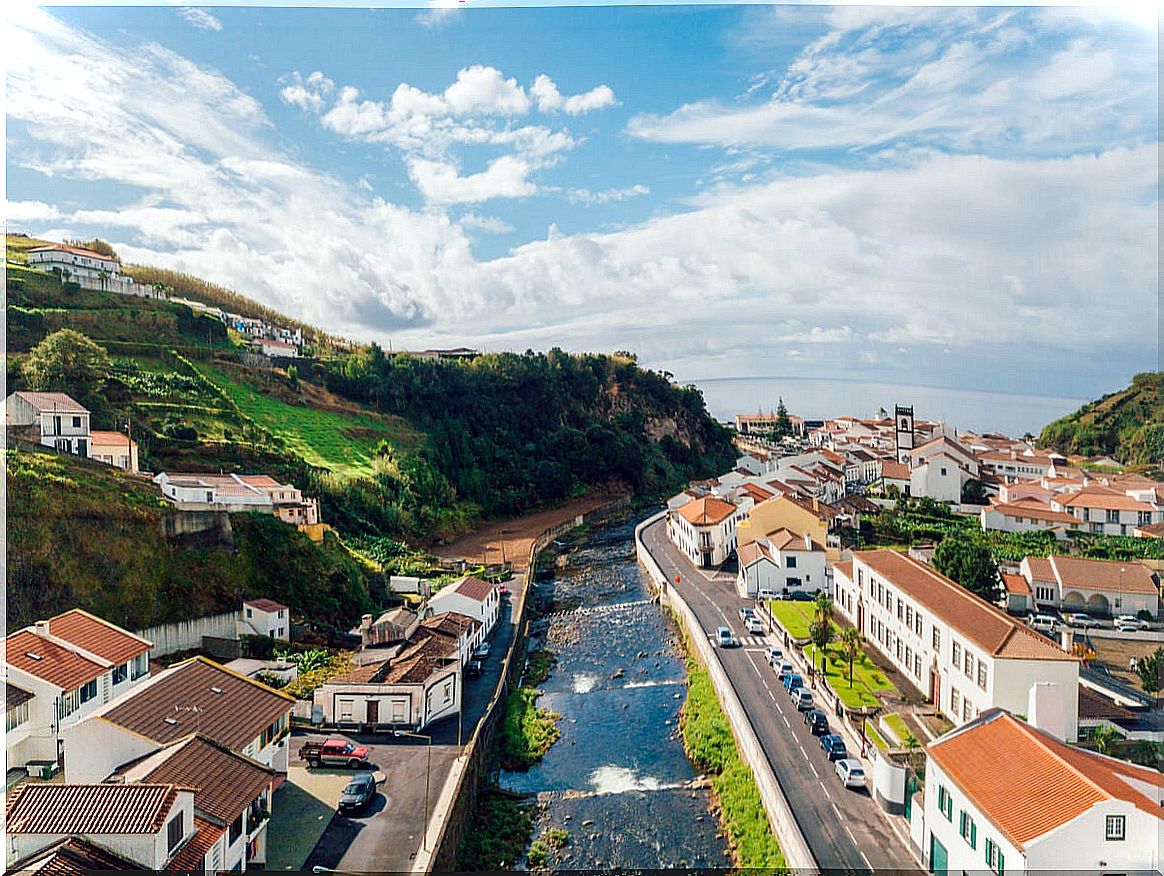
If we have to talk about natural paradises, without a doubt the Azores Islands fall into that list, although it is also very likely that you have not heard about them before. Therefore, we suggest you discover this magnificent natural treasure!
It is officially known as the Autonomous Region of Azores, and there are nine islands that make it up. Installed in the center of the Atlantic Ocean, the Azores Islands are imbued with a wonderful green and blue of the ocean that surrounds them. In addition, small cities offer beautiful urbanized corners that blend in perfectly with their natural surroundings.
The nine islands are divided into three groups: Eastern, Central, and Western. Next, we will see how is their distribution and we will know them briefly; Although they are similar, each has its own charm.
Eastern islands
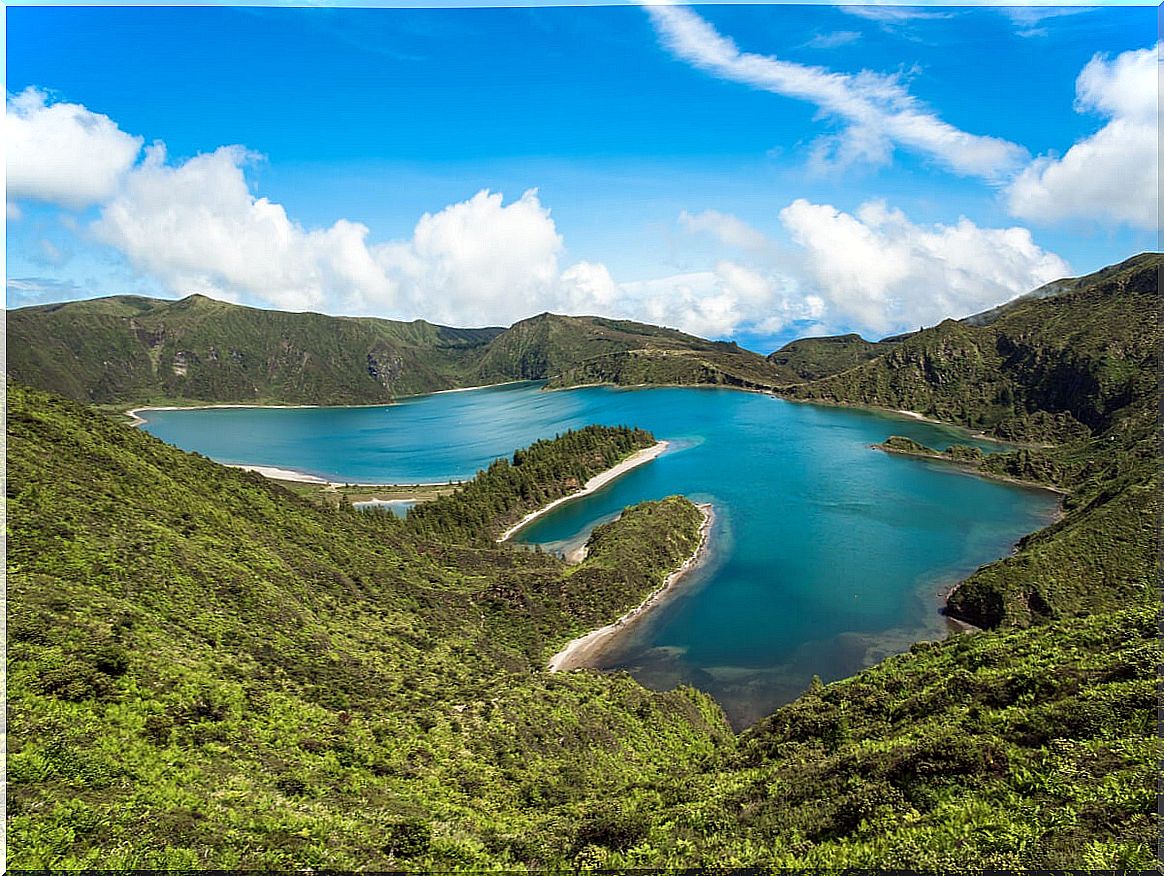
São Miguel
São Miguel Island is the largest in the archipelago, with an area of 746.82 km². In addition, it is the most populated – approximately 129,500 inhabitants. Ponta Delgada has been one of the capitals of the Azores since 1546.
Also known as Isla Verde thanks to its large meadows, São Miguel attracts tourists with the Sete Cidades and Fogo lagoons (image above). The Verde and Azul lagoons are the most photographed on the island, due to their eerie turquoise and emerald color and because they are located in the crater of an ancient volcano.
Since the islands are of volcanic origin, the heat from the earth is present in the geysers, in the hot springs and in the gastronomy. Have you heard of the “Furnas stew” that is cooked inside the earth with heat? You can taste the dishes made by the Azoreans in the restaurants of the place.
Santa Maria
It was the first of the nine islands to be discovered, and also to be populated. It was discovered by the pilot Diogo de Silves on a return trip from Madeira in 1427. The capital is Vila do Porto, the oldest of the Azores towns.
It offers calm, warm beaches with clear sand; its vineyards, which cover the slopes arranged in an amphitheater, are well known as well. Don’t miss the charms of Santa María!
Central islands
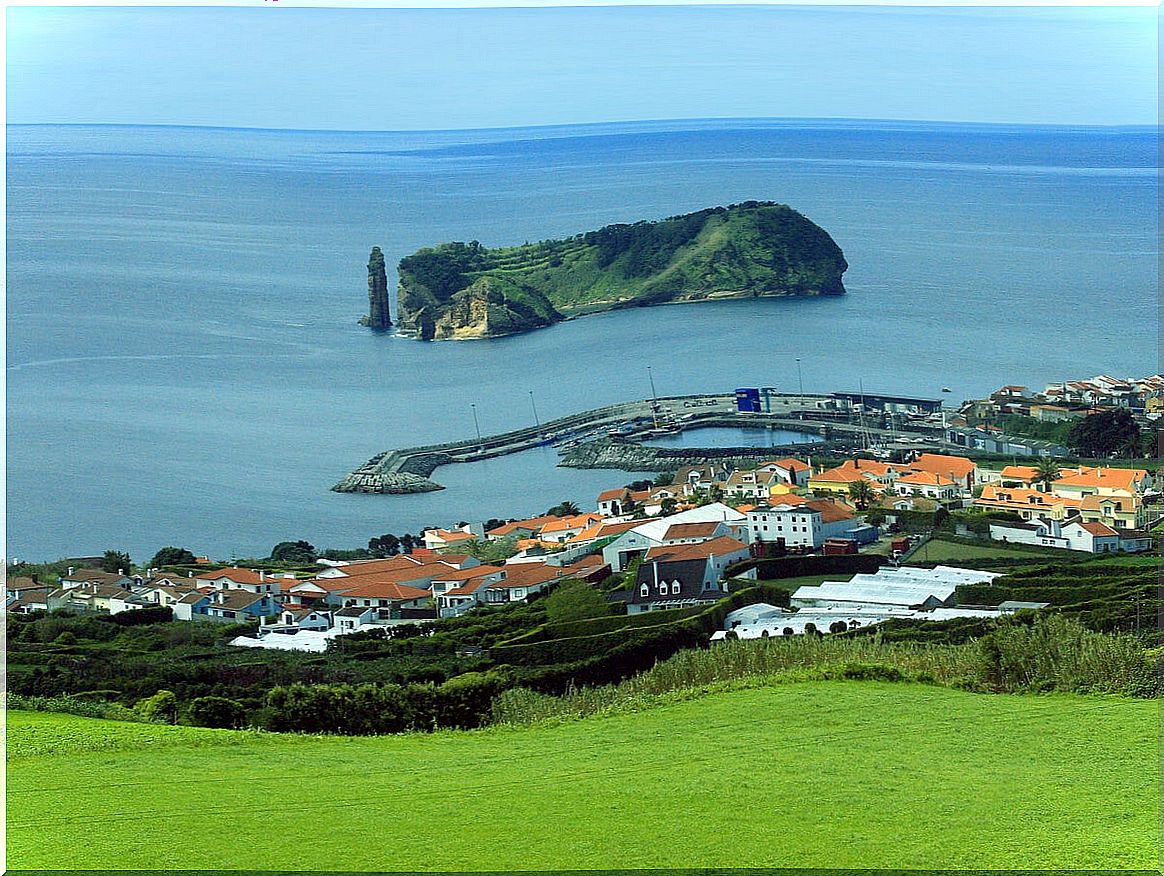
Terceira
After Santa María and São Miguel, it was the third island to be discovered, and that is why it received that name. Both this island and its central neighbors are surrounded by whales and dolphins that dazzle visitors. Do not miss to know Angra do Heroísmo, capital of the island, declared a World Heritage Site by UNESCO.
Funny
This island with a very special name is only about 10 kilometers long and 7 kilometers wide. It has fields covered with vineyards that stand out perfectly with the windmills present there. On the coast, two bays make their way where the port of Vila da Praia and Santa Cruz da Graciosa are located.
São Jorge
São Jorge is another central island that is part of the Azores Islands. With a rocky coastline, it is crossed by a mountain range that reaches a height of 1053 meters high in Pico de la Esperanza. If you visit this island, you must try its unique cheeses with an unmistakable flavor.
Beak
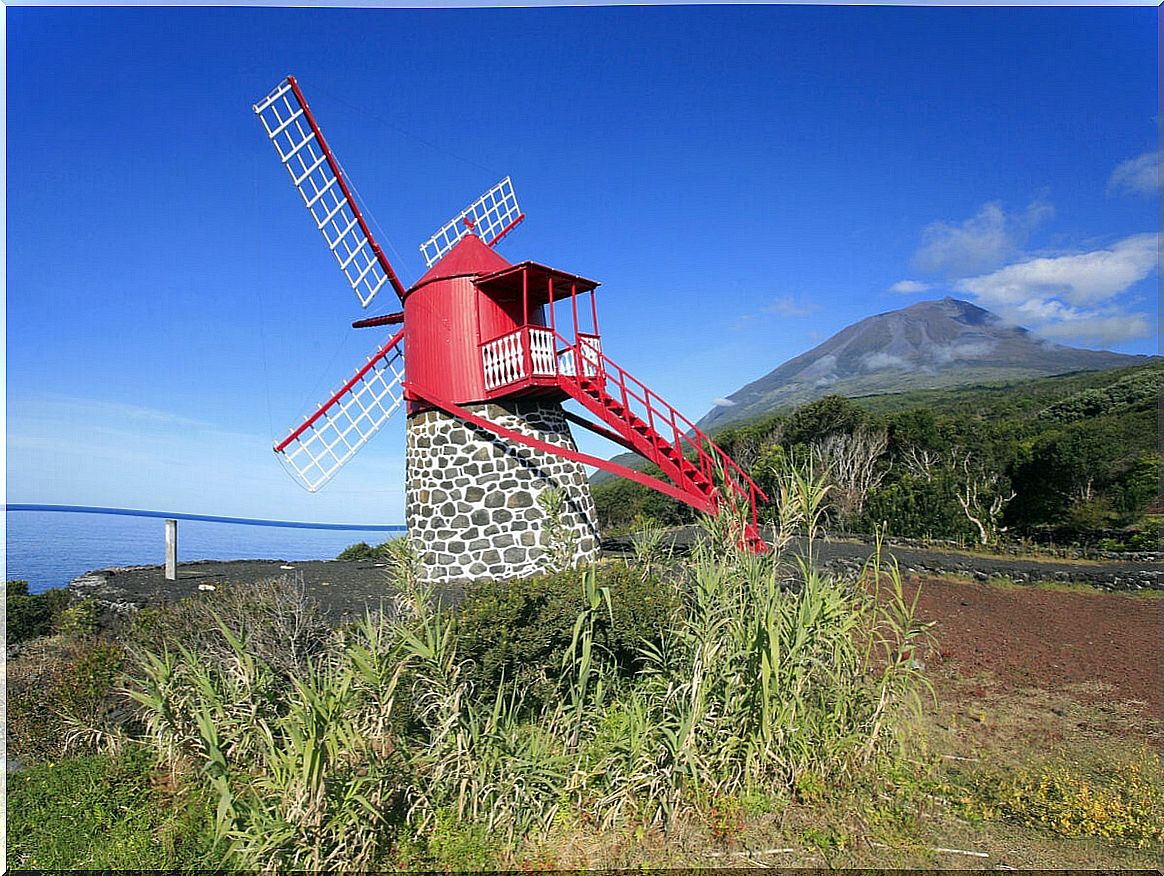
Pico is the second largest of the Azores Islands. It is known mainly for the Pico volcano, which gives it its name. The Pico volcano reaches 2,351 meters, which makes it the highest peak in Portugal.
In 2004, 987 hectares of the island were declared a World Heritage Site by UNESCO due to its vineyards planted in black lava fields, a unique type of cultivation.
Faial
It is also called the blue island of the Azores, for its great variety of beaches and flowers. Also, some call it the Paradise of the Azores thanks to its great natural beauty.
It faces the island of Pico, so it offers unique views of the volcano. Horta is the capital of the Azores Islands together with Ponta Delgada and Angra do Heroísmo.
Western islands
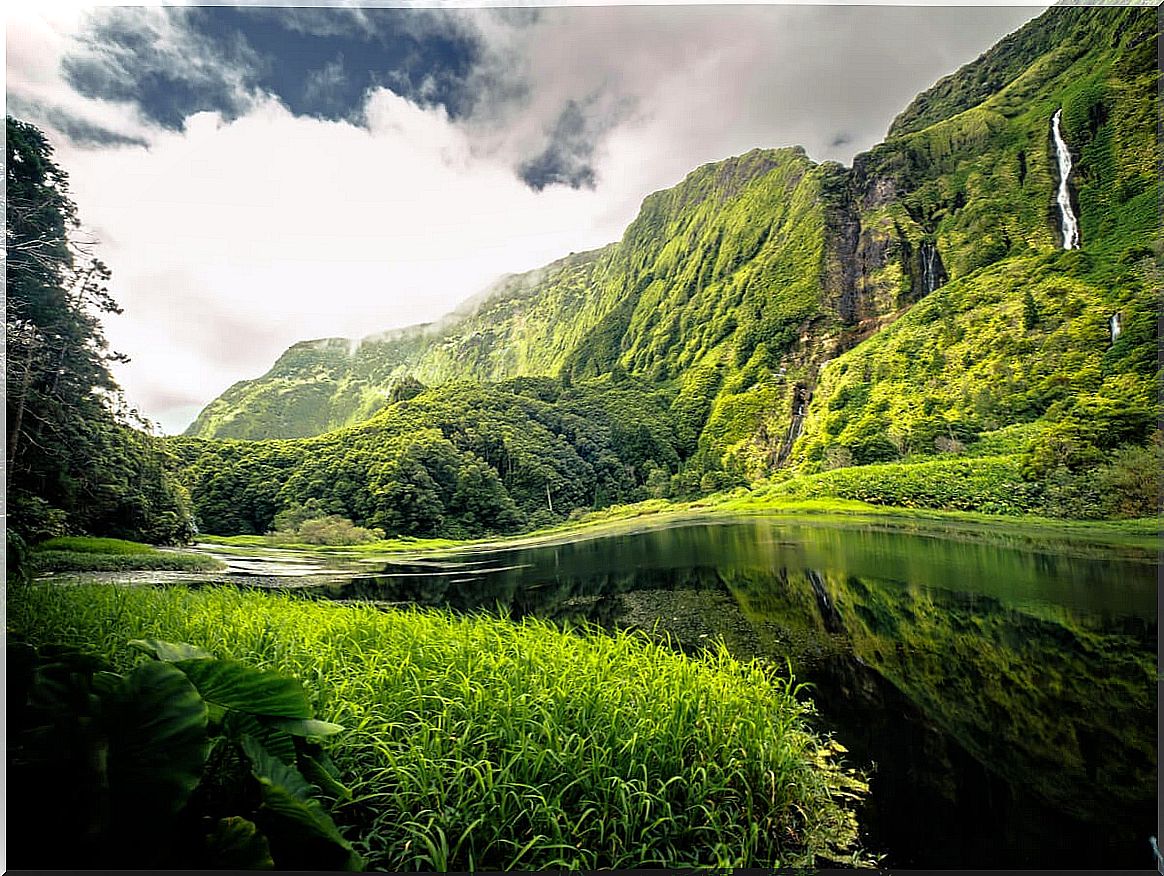
flowers
We continue talking about natural paradises: Flowers. This dazzling island gives us natural waterfalls and lagoons of volcanic origin. In summer, the island can be seen covered in thousands of beautiful hydrangeas. You will be fascinated by its incredible natural beauty, which really seems like a magical corner.
Corvo
Last but not least, we have the island of Corvo, the smallest of the Azores, 6.5 kilometers long and 4 kilometers wide. It fulfills an important function, since in its center it has a large caldera, which attracts several species of birds from Europe and also from the American continent.
The Azores Islands, a sustainable paradise
As we have seen, the Azores Islands have a wonderful natural environment that makes them true paradises. Due to its location, its climatic conditions, its geological characteristics and its reliefs, they have created ecosystems that are home to a great variety of species, both flora and fauna.
A place where nature reigns must have a sustainable type of tourism and way of life, so that both visitors and inhabitants must be responsible with the environment. Therefore, its main activities are alternatives and the traditional inn and rural tourism have won the hearts of tourists.
In 2013, the Azores Islands were awarded the Quality Coast Gold Award for their coastal environmental quality. It has also received other awards and certifications for being one of the most sustainable destinations. The 2016 edition of the National Geographic Traveler considered them the most beautiful place in the world. Bravo for the Azores Islands!
